Recently, Prof. Wang Xiong's group from SMIRC of SIST proposed a new 3D thermoacoustic imaging algorithm based on compressive sensing. Starting from the physical formula of the thermoacoustic effect, this method denoted an approach of directly constructing a three-dimensional compressed sensing dictionary analytically and it is the first time that such method is implemented in a three-dimensional experimental environment, which paved the way for low-cost and real-time thermoacoustic imaging technology and also made some special application areas of thermoacoustic imaging an important step to clinical application. This work entitled 'Three-Dimensional Microwave-Induced Thermoacoustic Imaging Based on Compressive Sensing Using an Analytically Constructed Dictionary' has published in IEEE Transactions on Microwave Theory and Techniques.
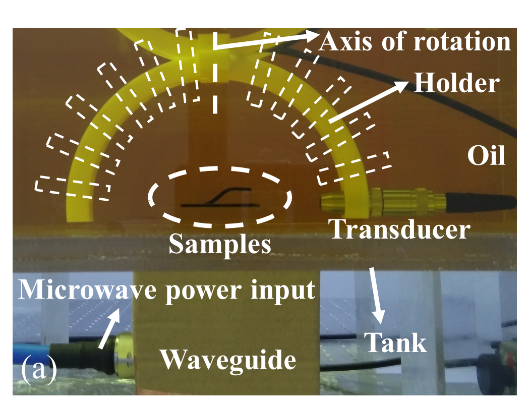
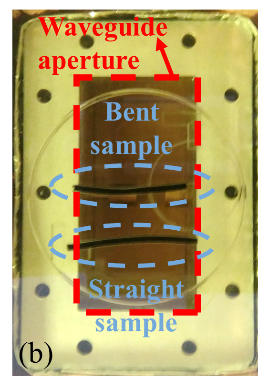
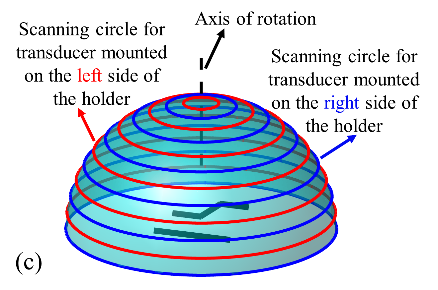
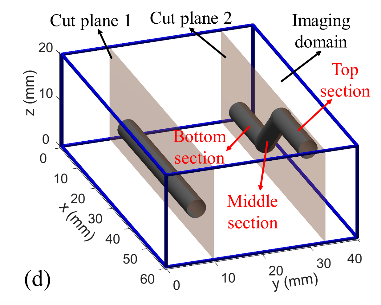
Fig. 1. Experimental setup and samples.
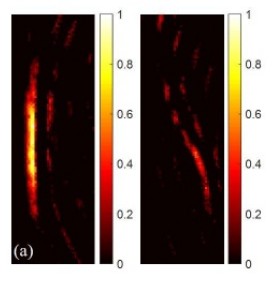
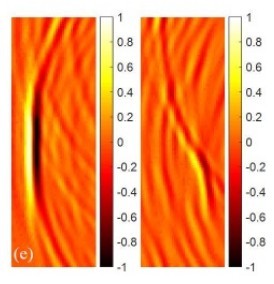
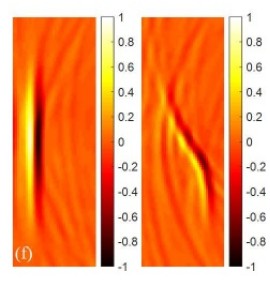
Fig. 2. Experimental imaging results. (a) Reconstruction imaging results with 42 sensors by compressive sensing method, (b) Reconstruction imaging results with 42 sensors by the back-projection method. (c) Reconstruction imaging results with 2880 sensors by the back-projection method.
In recent years, microwave-induced thermoacoustic imaging (MITAI) has found diversified applications in biomedical related disciplines and holds the potential to serve as an auxiliary measure for diagnosis and treatment in clinics. Conventional imaging algorithms for MITAI, for example, back-projection (BP), requires exceedingly intensive sampling of thermoacoustic signals stemming from a sample under test and thus suffer from deficiencies like low time efficiency, high system cost and more microwave radiation received by patients. Combining compressive sensing (CS) and MITAI, referred to as CS-MITAI, is promising to address the problem. Reported experiments in two dimensions and simulations in three dimensions (3D) have proved that the CS-MITAI approach can reliably reconstruct images with much fewer measurements than the BP algorithm. However, there is a pressing need for the experimental validation of the CS-MITAI technique in a real 3D environment, which has profound implications for its practical applications and further improvement. This work experimentally investigates the 3D CS-MITAI technique by imaging a sample with 3D features. The establishment of a dictionary is crucial for the successful implementation of the 3D CS-MITAI approach. An analytical method is proposed to build the dictionary with much higher efficiency than other reported measures and its detailed derivation is provided. In addition, modeling work and parametric studies are performed to explore the robustness of the 3D CS-MITAI mechanism in dealing with different cases. Both simulation and experimental results show that the 3D CS-MITAI modality can offer comparable imaging quality as the BP method but requires 200 and 68 times fewer measurements, respectively, which laid the theoretical and experimental basis for future improvement work.
This work was completed at ShanghaiTech University, The Ph.D. student Wang Baosheng is the first author and Prof. Wang Xiong is the corresponding author. ShanghaiTech University is the only completed unit. The research was supported by the Shanghai Pujiang Program and the National Natural Science Foundation of China.
Paper Link:https://ieeexplore.ieee.org/document/8827964




 沪公网安备 31011502006855号
沪公网安备 31011502006855号


